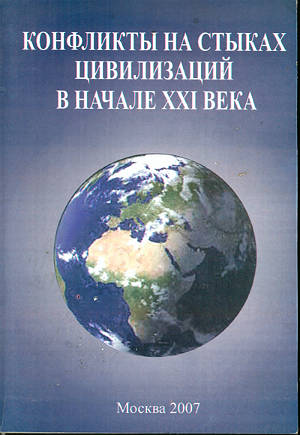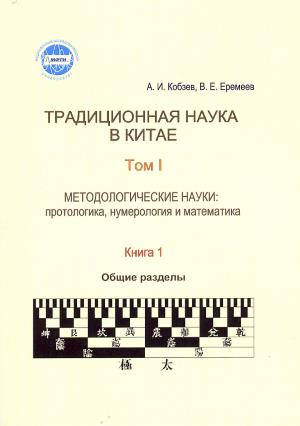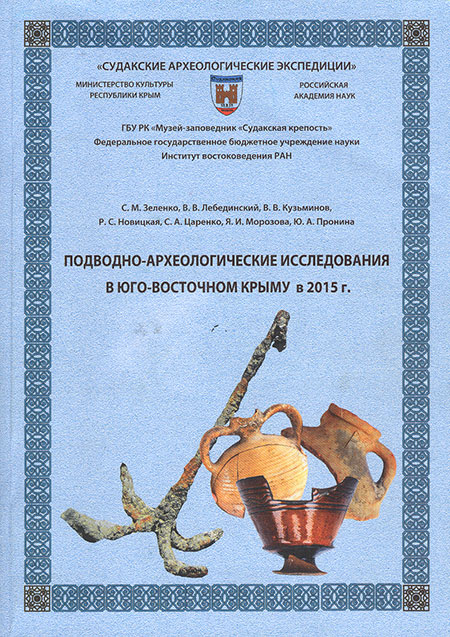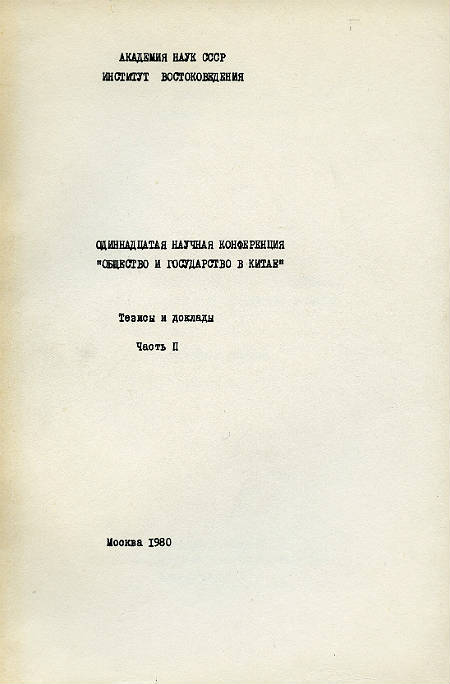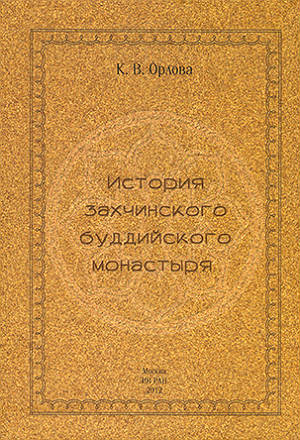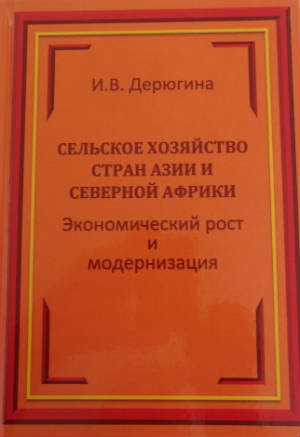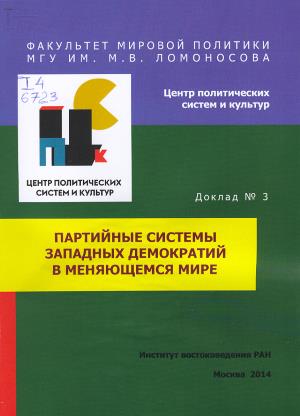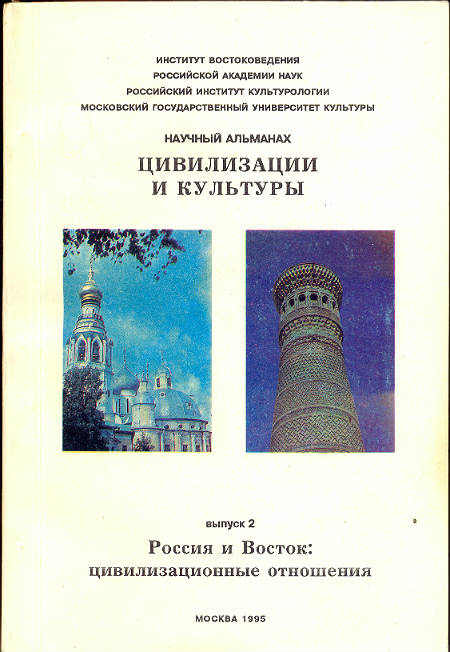Book
Cosmos, Music, Ritual. Myth and Aesthetics in Lüshi Chunqiu
Москва, 1990, 284 p.
The book draws on a major early Chinese writing Lüshi Chunqiu (Springs and Autumns of Lü Buwei). It was compiled around 240 B. C. by an influential Qin official Lü Buwei in cooperation with his "guests" whose number as Sima Qian noted, was about three thousand. A variety of authors of the writing evokes a discussion of the philosophic trends observed in this writing. Traditinally, it was believed that Lüshi Chunqiu constitutes a Taoist writing.
In paying heed to this opinion Tkachenko, however, believes that Lüshi Chunqiu primarily constitutes an expression of the so-called naturalistic point of view—that of the yinyangjia — as concerns the main trend of its authors, which can be qualified as an attempt to representing the Universe as an "organic" System. The latter includes the level of Cosmos of Heaven-Nature, and the subordinate levels of social and individual (somatic) bodies' life. All three are governed by a uniform "order of things", the explication of which is considered to be the main objective of the authors of Lüshi Chunqiu.
This is a popular idea of isomorphism (or homomorphism) of macro- and microcosm and, therefore, Lüshi Chunqiu should be looked upon as both an astrological survey and a sociological interrogation into the nature of the would-be imperial society after the unificaton (implemented by Lü Buwei's patron-enemy Qin Shihuang in 221 B. C). The politically-minded authors of the writing are guided by a "medium" or "common sense" rather than follow a "theoretical" path in describing "everything concerning Heaven, Earth and Man, past and present" (Sima Qian).
On the other side, the principle of holism held by the authors is responsible for the negation of both "classical" and "contre-classical" interpretation of the mutual heritage — the writings of pre-imperial time — which were looked upon as extremities ruining the "harmony" of the whole and thus inappropriate. In their quest for the earthly analogy of world harmony the authors of Lüshi Chunqiu looked for something evident in the realm of aesthetics and paid attention significantly to musical harmony which was represented as a universal law governing the entire spheres of existence.
Thus the aesthetics took the central place in the authors' model, featuring the Utopian world functioning according to some natural harmonic Law and, as a result, evolved the scenography of some "sacred well-being" with the self-pepretuating goal of maintaining safe-and-sound natural, social and individual existence. This "order of things" was to be secured by the ultimate power of dao demiurge and the corresponding de-virtue of the wizard-governor or earthly emperor. The world seemed to be little more than a giant Homoeostasis, automatically restoring itself to normal after any external disturbance caused by human activity if the latter did not correspond (or correlate) with the existing state of the world System.
The naturalistic worldview may also be called proto-scientific as concerns the type of aesthetics with which the naturalists preferred to dwell upon. These were almost exclusively linked with different sets of numbers which were supposed to represent the real quantitative aspect of world-harmony. Thus, the authors are in the permanent search of an ultimate cosmological constants which in their eyes constitute a philosophic stone of sorts and an explanation of the subjective sense of beauty of the external and internal world of a sane individual. The process called by Tkachenko a "parameterization of continuums" possesses both ritualistic and, therefore, soteriological aspects. Thus a kind of hermetic knowledge, or gnosis, is inevitably involved in all the naturalistic world interpretations whatever their explicit negation of any kind of "superstition" may be. The fundamentals of the yinyangjia are also crucial for the emerging "imperial religion", or state religion, because the guo-state is the supreme reality in the naturalists' utopia and it is the state and its agents who are responsible for the normal functioning of the all-governing Force or "harmonic ether" (jingqi). Accordingly, the supreme art in the naturalists' world is that of government and the supreme artist is the ruler in possession of this Art or Tao.
The "imperial religion" was fully evolved and developed during the Han and later periods but the source of the phenomena based on the so-called "correlative thinking" Can also be found in the Lüshi Chunqiu authors' world model. The sources of the correlativism can also be traced down to "cosmogonic myth" of the early tradition (such myth being rather an invention of the naturalists themself opposing the state of "chaos" and "cosmos" of the System) and the folklore of classics, such as Shi jing poetics with its principle of parallelism featuring the state of nature (season) as the background for certain types of human activity. At the same time, the cosmocentric principle of "constant numbers" ruling the world which are theoretically proclaimed by the authors of Lüshi Chunqiu is rather "anthropometric" in its premises. After all, the evaluation of all phenomena of the world and its time-space parameters is actually based on the "numbers" deduced from empirically determined limitations of human perception, human or "medium" gong-sphere of existing world. Thus the main objective of the authors of Lüshi Chunqiu can be stated as that of maintaining the "anthropic measure" at any expense or the „safety-first" principle proclaimed in the 3rd century B. C. by the advocates of Quite Natural Cosmic Harmony.


